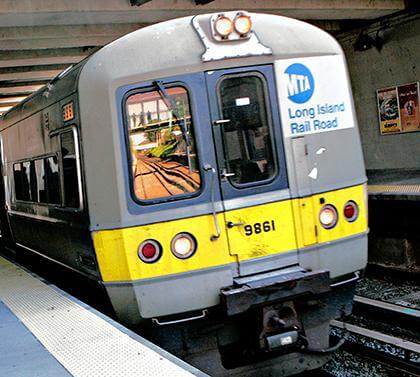By Philip Newman
The Long Island Rail Road has made public for the first time what a ride on the railroad actually costs and what portion is subsidized in a breakdown released in light of the MTA’s financial plight and plans for service cutbacks.
“We are trying to be as transparent as possible as we embark on a painful round of staff cuts and service reductions,” said LIRR President Helena Williams. “These service reductions will cause the least amount of inconvenience to the least number of riders. While these cuts are painful for employees and for our customers, they are necessary. The LIRR needs to be more cost-efficient.”
As in almost all public transit systems the world over, the price of an LIRR ticket is significantly less than the actual cost of the ride, a shortfall made up almost entirely by government subsidies. That is true across all 11 branches of the LIRR. The branches with the fewest riders are the most costly to operate and, on a percentage basis, require the greatest subsidies.
For example, LIRR spokesman Sal Arena said the average fare paid by passengers on the Port Washington branch is $3.34, although it actually costs the railroad $8.49. The Port Washington line produces farebox revenue that covers 67 percent of the cost of operating the railroad, the highest in the LIRR.
Far Rockaway branch passengers pay an average of $5.94 with an actual cost of $15.08 and a passenger on the Hempstead branch pays $5.70 with an actual cost of $14.48.
The Greenport branch carried 69,986 riders in 2009, generating revenue of $726,304 while it cost the LIRR $6 million to operate the line. While the average fare is $10.38, the actual cost of providing a ride is $85.91 per customer with a subsidy per ride of $75.53.
Farebox revenue, or money collected from ticket sales, covers only 12 percent of the actual cost of running trains between Ronkonkoma and Greenport in 2009.
In contrast, the Babylon branch is the busiest in the LIRR and generated more revenue in 2009 — $134 million — than any other line. Last year, the Babylon branch carried 19,682,188 passengers at an average ticket price of $6.44.
Farebox revenue still covered only 51 percent of the actual cost of operating trains between Penn Station and Babylon.
Throughout the LIRR system, the actual cost of a ride is $14.68, although the average rider pays an average of $6.46 — only 44 percent of the total cost.
The complete branch-by-branch breakdown is available at mta.info.lirr.
Reach contributing writer Philip Newman by e-mail at timesledgernews@cnglocal.com or phone at 718-260-4536.






























